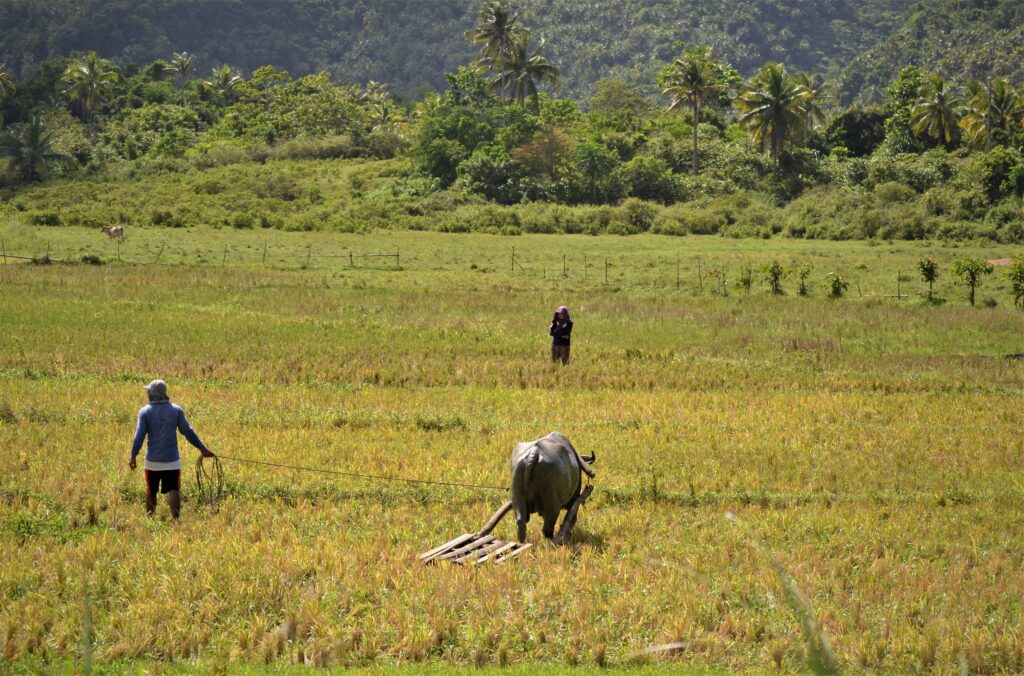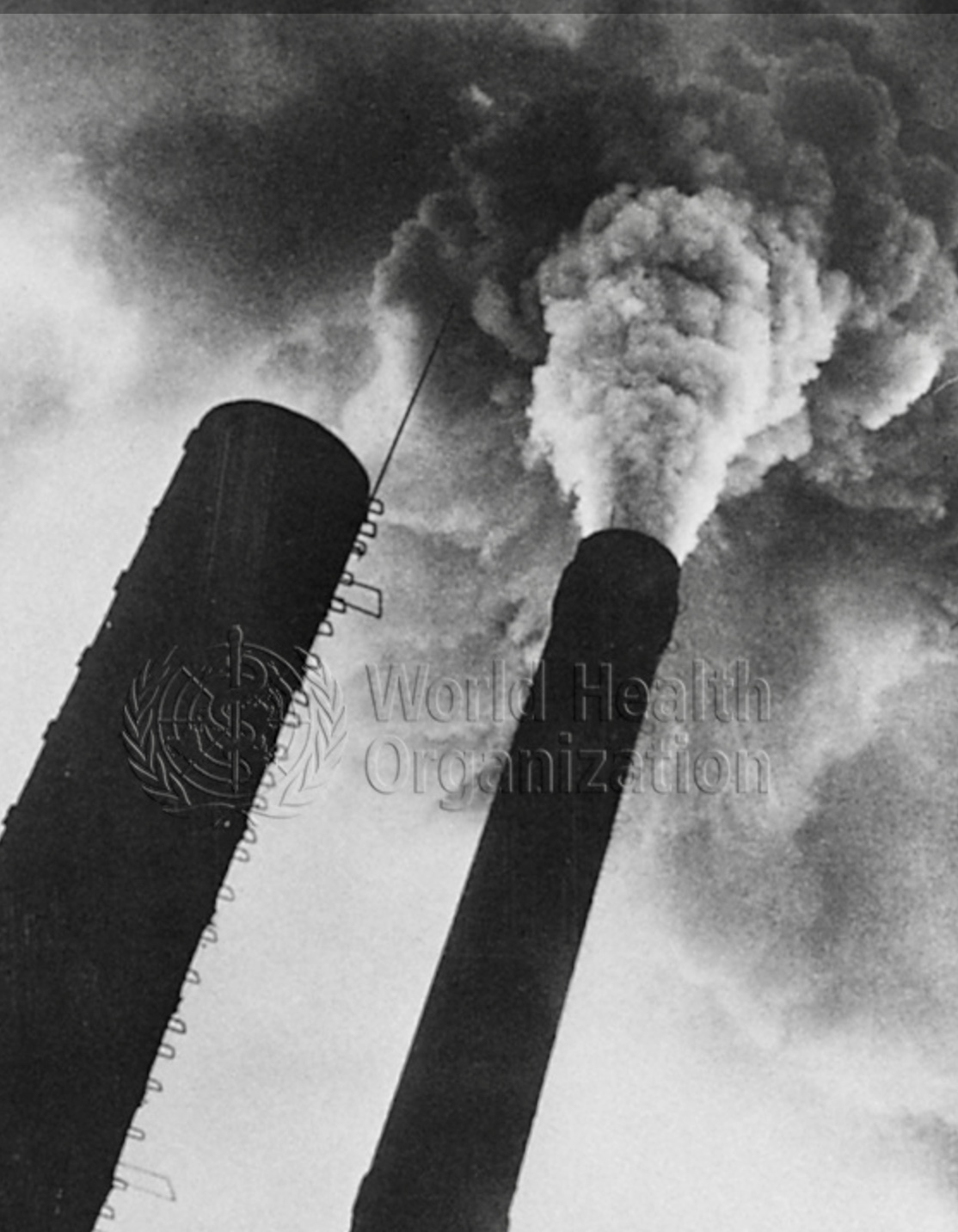By Henrylito D. Tacio
Additional photos from WHO
People burn fossil fuels – coal, oil, and gas – to furnish heat for homes, energy for mobility, and power for the production of goods. Fossil fuels have become human beings’ servants, and their skill at capturing their energy has transformed civilization. This mastery of energy has brought abundance and comfort.
But too much of everything is dangerous. When energy is exploited to its maximum level has become a dangerous servant. Man’s misuse of fossil fuels has resulted in air pollution episodes so severe that people have died.
For more than a century, severe air pollution incidents in cities such as London have shown that breathing dirty air can be lethal and, at times, deadly. In 1880, 2,200 Londoners died in one such incident when coal smoke from home heating and industry combined to form a toxic smog of sulfur dioxide gas and airborne combustion particles.
In air-pollution episodes in New York City in the United States and Osaka, Japan, investigators have noted an increase in the normal death rate following periods of high concentrations of sulfur oxides. Sulfur dioxide is produced when bunker and diesel fuels are burned.

Air pollution kills three times more than vehicular accidents, said a study conducted by the World Health Organization (WHO). In the Philippines, over four percent of all deaths are attributed to air pollution, according to a report released by the World Bank.
“Air pollution is causing more deaths than HIV or malaria combined,” said Kandeh Yumkella, the then director-general of the United Nations Industrial Development Organization, in 2012.
Respiratory illnesses such as bronchitis are seen to increase with sulfur oxides. Carbon dioxide, a product of incomplete burning of fossil fuels, can affect healthy individuals by impairing exercise capacity, visual perception, manual dexterity, learning functions, and ability to perform completed tasks.
Scientists classify air pollutants into two categories. Primary pollutants such as sulfur dioxide, nitrogen oxide, and particulates are emitted directly into the atmosphere. They are generally present in high concentrations in urban areas or close to large point sources, such as the areas around power plants.
Secondary pollutants include tropospheric (ground level) ozone and are formed by subsequent chemical reactions in the atmosphere. They often spread at high concentrations over hundreds of kilometers away from urban and other sources.
A WHO report said that concentrations of sulfur dioxide and suspended particulate matter is decreasing in developed countries, while those of nitrous oxides and ozone are either constant or increasing. In developing countries, increasing traffic and its exhaust, as well as industrial emissions, are raising concentrations of sulfur dioxide, nitrous oxide, and ozone, and suspended particulate matter.

Without proper controls, this industry is a major source of air pollution. Particular industries with significant health impacts include chemical, paper and pulp, cement, glass and ceramics, iron and steel, non-ferrous metals, leather, refining, and processing petroleum, and particularly from coal and oil burning plants producing electric power.
Motor vehicles account for about 30% of emissions of nitrogen oxides, 50% of hydrocarbons, 60% of lead, and 60% of carbon monoxide in cities of developed countries. In city centers, the values rise to 95% for carbon monoxide and up to 70% for nitrogen oxides.
Until the middle of this century, air pollution was primarily a problem of urban and industrial regions in the developed countries. In the last three decades, however, changes in the pattern of air pollutant emissions, including increases in those from motor vehicles, have led to greater pollutant impacts in more remote rural areas.
Unfortunately, much of the attention surrounding air pollution in developing countries (like the Philippines) focuses on its impact on human health in large cities (Metro Manila, for instance). Air pollution in and around these cities, and in the surrounding areas, could also have significant impacts on agricultural production.
That’s according to a report entitled A Hidden Threat to Food Production: Air Pollution and Agriculture in the Developing World. Published by the London-based International Institute for Environment and Development (IIED), it is written by Fiona Marshall, a research associate at Imperial College, Centre for Environmental Technology (ICCET); Mike Ashmore, a reader in pollutant impacts at the same college; and Fiona Hinchcliffe, IIED’s research associate.
The three authors cited three major ways in which air pollutants may damage agricultural production. These are directly visible injury, direct effects on growth and yield, and indirect effects.
The directly visible injury usually affects leaf tissue. If the damage is extensive, this can alter crop yield. Superficial damage can also make the crop look less appealing to consumers, thus lowering its value.
Experiments with a range of different pollutants have shown that yields are generally reduced with increasing exposure to pollutants, even in the absence of visible injury.
Even at relatively low levels, air pollutants may cause a range of subtle changes, which may not lead to detectable yield reductions. “However, these changes may increase the crop’s sensitivity to other stresses, thereby contributing to significant yield losses,” the authors wrote. “For instance, exposure to sulfur dioxide consistently leads to increased growth rates of a range of aphid pests.”
The report cites some global evidence. First, there was the case in the United States, which was conducted by the National Crop Loss Assessment Program in the 1980s. The program looked at yield reductions associated with a given pollutant concentration for major US crops and when combined these with economic models to calculate the benefit of reductions in ozone concentrations.
Ozone has been identified as the most powerful secondary air pollutant in terms of its impacts on crops on a regional and national basis. Ozone is formed through a series of chemical reactions in the atmosphere, which involves emissions of nitrogen oxides and reactive hydrocarbons, of which motor vehicles are the main source.
“Yield reductions on a national scale were estimated to be 5%, with the economic benefit of reducing ozone concentrations by 40% estimated to be about US$3 billion annually,” the report says.
In developing countries, a limited number of experimental studies have recorded yield reductions linked to ambient ozone concentrations. The results of these studies suggest that yield loss due to ozone for sensitive crops may be 40% or more in rural areas around the city.
Recently, the ICCET made a global risk assessment to identify areas at high, moderate, or low risk of crop yield reduction from two major air pollutants, ozone and sulfur dioxide.
The Philippines – along with Egypt, Malaysia, Bangladesh, and Indonesia – has been predicted to have large areas of cultivated land in the “high risk category.” The “high risk” areas correspond to the ozone exposure, which is estimated to cause a yield reduction above 15% based on European studies using wheat.
“Whilst exploring the potential for changes in agricultural practices to reduce these impacts is one way forward, clearly another avenue to explore is how policy can reduce emissions of the major pollutants and their precursors,” the three authors concluded.
“There are a number of environmental policy issues, including air quality standards, cost-benefit analysis, urban planning, national land-use planning and local environmental impact assessment, which need to take the issue of air pollution and agriculture into account,” they further noted.
Meanwhile, every little bit counts in the fight against air pollution. A study in Europe has found that even minimal cuts in pollution can benefit health. One study done by Harvard University found that people living in cities where air pollution decreased in recent years saw their life expectancy increase an average of five months as a result of cleaner air.

